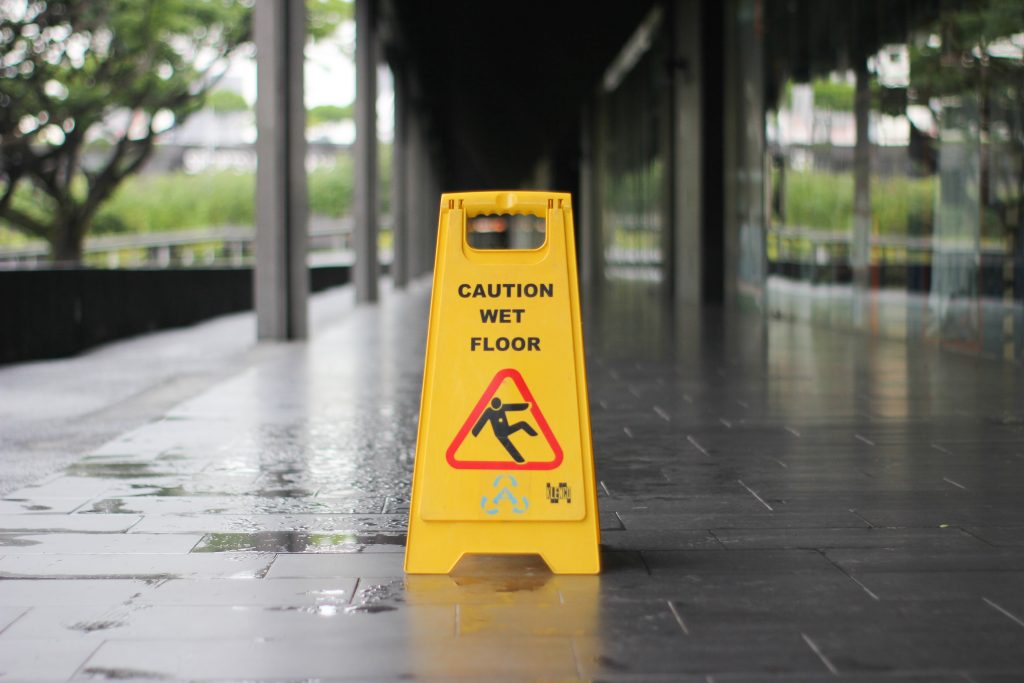Whatever kind of business you run, and whether it is located in an office or on a construction site, it is crucial that health and safety measures remain a top focus. If you are unsure of how to make your workplace as safe as possible, here are 11 practical steps you can take.
1. Implement Regular Safety Training
It is crucial that you make safety training a regular part of your business’s routine. Employees should be well-versed in safety protocols and procedures. Regular workshops can help reinforce these vital principles.
2. Maintain Clean and Clear Spaces
Cleanliness is another pivotal factor to consider. Keep all the work areas clean to avoid potential accidents caused by clutter. A clean workspace is not just an appealing sight but also a safer environment for staff.
3. Install Safety Signage
Safety signage aids in providing constant reminders about safety protocols. Place signs strategically around hazardous zones, emergency exit points, or near special equipment. The signs ensure maximum visibility and keep safety at the forefront of your employees’ minds.
4. Use Non-Slip Mats
To prevent slips and falls, consider investing in non-slip mats for areas prone to spillages or wetness. Areas like restrooms, pantries, or entrance ways can significantly benefit from this addition. It is a simple measure to take but it can drastically reduce the occurrence of such common accidents.
5. Invest in High-Quality Safety Equipment
Ensure your workers have access to the necessary safety equipment for their specific roles. For instance, in factories or on building sites, your team could need items like helmets, gloves, masks, or even harnesses for those working at heights.
6. Consider Using Magnetic Door Locks
To enhance security measures, you could consider using magnetic door locks at key points in your workplace. Equipping the doors with a suitable magnetic locking package can provide controlled access where necessary. This ensures that only authorized individuals can enter certain areas.
7. Ensure Proper Lighting
Adequate lighting is vital in maintaining a safe work environment. Poorly lit spaces may result in accidents and strains due to squinting or misjudging distances. Therefore, keep all workspaces well-lit to avoid unnecessary problems.
8. Regularly Test Emergency Systems
Test all alarm and emergency systems regularly. That includes fire alarms, sprinkler systems, and evacuation protocols. The aim here is to catch any malfunctions early before they become real emergencies.
9. Ensure Your Premises Are Properly Ventilated
Fresh air can do wonders for both health and productivity. Therefore, ensure that the workspace has good ventilation for a consistent fresh air supply. If windows are not an option, consider investing in quality air purifiers or HVAC systems.
10. Uphold Ergonomics
Paying attention to ergonomics can lead to fewer work-related injuries over time.
An ergonomic office layout considers factors such as desk height, chair comfort level, and screen placement for computer users. Not only will this reduce strain on the body. It can also improve productivity levels.
11. Risk Assess
Finally, it is critical that you regularly assess potential risks in your workspace. That can range from checking equipment for malfunctions to reviewing safety procedures. By understanding these potential issues, you can manage them effectively to prevent accidents.
Final Thoughts
Whether you run a food business or a tech business, the proactive approach toward maintaining a safe workplace is crucial for the well-being of your employees. Furthermore, a safe environment cultivates productivity and minimizes the risk factors associated with work-related injuries or illnesses.
So, follow all or some of the above steps, based on your specific business, to ensure your workplace is not just efficient but also a zone where you and your employees can be safe.

